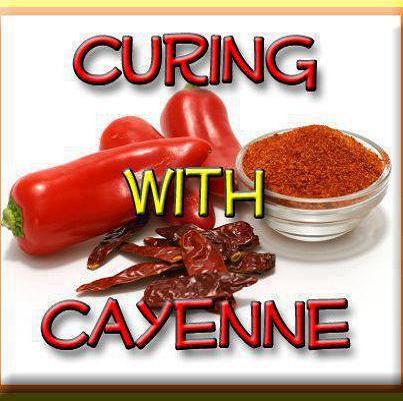28 Amazing Benefits and Uses for Hydrogen Peroxide
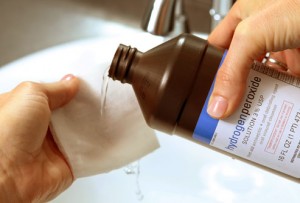
by Andrea Harper - docakilah.wordpress.com
Hydrogen peroxide is the only germicidal agent
composed only of water and oxygen. Like ozone, it kills disease
organisms by oxidation! Hydrogen peroxide is considered the worlds
safest all natural effective sanitizer. It kills microorganisms by
oxidizing them, which can be best described as a controlled burning
process. When Hydrogen peroxide reacts with organic material it breaks down into oxygen and water.
1. Whiten Clothes – An Alternative to Beach
Add
a cup of Peroxide to white clothes in your laundry to whiten
them. Peroxide is great to get rid of blood stains on clothes and
carpets. If there is blood on clothing, just pour directly on the spot,
let it sit for about a minute, then rub and rinse with cold water.
Repeat if necessary.
2. Health
Your body makes Hydrogen peroxide to
fight infection which must be present for our immune system to function
correctly. White blood cells are known as Leukocytes. A sub-class of
Leukocytes called Neutrophils produce hydrogen peroxide as the first
line of defense against toxins, parasites, bacteria, viruses and yeast.
3. Rejuvenating Detoxifying Bath
Use about 2 quarts 3% Hydrogen peroxide to a tub of warm water. Soak at least 1/2 hour, adding hot water as needed to maintain a comfortable water temperature.
4. Foot Fungus
To cure a foot fungus, simply spray a 50/50 mixture of Hydrogen peroxide and water on them (especially the toes) every night and let dry.
5. Douche
Add 2 capfuls of 3% Hydrogen peroxide in warm distilled water once to twice a week to remove even chronic yeast infections.
6. Colonic or Enema
For
a colonic, add 1 cup (8 ozs.) 3% H202 to 5 gallons warm water. (Do not
exceed this amount) For an enema, add 1 tablespoon of 3% H202 to a quart
of warm distilled water.
7. Infections
Soak
any infections or cuts in 3% for five to ten minutes several times a
day. Even gangrene that would not heal with any medicine has been healed
by soaking in Hydrogen peroxide. Put half a bottle of hydrogen peroxide in your bath to help rid boils, fungus or other skin infections.
8. Bird Mites Infections
Patients
infected by tiny mites report that hydrogen peroxide effectively kills
the mites on their skins. They spray it on their skin a couple of times
(with a few minutes in between the applications) with amazing results.
9. Sinus Infections
A tablespoon of 3% Hydrogen peroxide added
to 1 cup of non-chlorinated water can be used as a nasal spray.
Depending on the degree of sinus involvement, one will have to adjust
the amount of peroxide used.
10. Wound Care
3%
H2O2 is used medically for cleaning wounds, removing dead tissue, and
as an oral debriding agent. Peroxide stops slow (small
vessel) wound bleeding/oozing, as well.
Some
sources recommend soaking infections or cuts for five to ten minutes
several times a day. However, washing and rinsing action is sufficient.
You shouldn’t leave the solution on open tissue for extended periods of
time as, like many oxidative antiseptics, Hydrogen peroxide causes mild damage to tissue in open wounds. Therefore it is important to use with caution.
Personal Care
Mouthwash / Tooth Care
Healing
Properties: Take one capful (the little white cap that comes with the
bottle) and hold in your mouth for 10 minutes daily, then spit it out.
You will not have canker sores and your teeth will be whiter. If you
have a terrible toothache and cannot get to a dentist right away, put a
capful of 3% Hydrogen peroxide into your mouth and hold it for 10 minutes several times a day. The pain will lessen greatly.
11. Mouthwash
Many
people don’t realize that hydrogen peroxide makes a very effective and
inexpensive mouthwash. Use 3% H202 – add a dash of liquid chlorophyll
for flavoring if desired.
12. Toothpaste
Use baking soda and add enough 3% H202 to make a paste.
13. Toothbrush
Or, just dip your brush in 3% H202 and brush. Soak your toothbrush in Hydrogen peroxide to keep them free of germs.
14. Tooth Ache
Hydrogen peroxide is
not a pain killer; however, as an anti-viral, antibacterial and
anti-fungal agent, it is effective at treating the pathogen that is
causing the infection. The following is from my own personal experience:
My dentist wanted to give me a root canal some time ago as one tooth
was inflamed and, in her opinion, would die. I felt some discomfort but
told her that I would give it chance to heal. I rinsed with hydrogen
peroxide (several times a day) as well ascoconut oil (once a day). The
discomfort went away and I have had no further problems with the tooth.
15. Tooth Whitening
Having used 3% Hydrogen peroxide
as a mouth wash for sometime ago, I am thrilled to note that my teeth
have been beautifully and effortlessly whitened. I used to pay so much
for professional whitening, those silly strips and uncomfortable trays.
Live and learn.
NOTE: Do not swallow any peroxide. When the peroxide rinse is done, be sure to rinse out your mouth with water.
16. Hair Lightening
Peroxide is a bleaching agent and is used for lightened hair. Dilute 3% Hydrogen peroxide with
water (50 / 50) and spray the solution on your wet hair after a shower
and comb it through. You will not have the peroxide burnt blonde hair
like the hair dye packages, but more natural highlights if your hair is a
light brown, faddish, or dirty blonde. It also lightens gradually so
it’s not a drastic change.
17. Contact Lenses
Hydrogen peroxide is
used as a disinfectant in CIBA Vision’s Clear Care no rub contact lens
cleaning solution, due to its ability to break down the proteins that
build up on the lense from the eye’s immune response, resulting in
increased comfort for those with sensitive eyes.
Sanitizing / Disinfectant / Cleaning
18. Straight or Diluted Hydrogen Perioxide
Clean
your counters and table tops with hydrogen peroxide to kill germs and
leave a fresh smell. Simply put a little on your dishrag when you wipe,
or spray it on the counters. Use hydrogen peroxide to clean glass and
mirrors with no smearing.
Keep a spray bottle of 3% (straight) to disinfect the interior of the refrigerator and kids’ school lunch boxes.
19. In the Dishwasher
Add 2 oz. of 3% Hydrogen peroxide to your regular washing formula.
Fill a spray bottle with a 50/50 mixture of 3% Hydrogen peroxide and
water and keep it in every bathroom to disinfect without harming your
septic system like bleach or most other disinfectants will. After
rinsing off your wooden cutting board, pour or spray hydrogen peroxide
(and then vinegar) on it to kill salmonella and other bacteria.
I use peroxide to clean my mirrors with, there is no smearing.
Combination
of vinegar and hydrogen peroxide make a cheap, effective and non-toxic
disinfectant agent and is said to be more effective at killing pathogens
than bleach. As it is non-toxic, you can use it to disinfect fruits
and vegetables, as well as pet toys, equipment and cages. In tests run
at Virginia Polytechnic Institute and State University, pairing Vinegar
and Hydrogen Peroxide mists, kills virtually all Salmonella, Shigella, or E. coli bacteria on heavily contaminated food and surfaces.
Directions
You need TWO spray bottles. DO NOT MIX the solutions together. Put straight vinegar in one and straight Hydrogen peroxide in the other spray bottle.
NOTE: Light
destroys peroxide rather quickly. It’s best to leave it in its original
bottle and screw in a spray head. DO NOT DILUTE THEM.
Remember for any sanitizer to work properly, the surface has to be clean before you use it.
When
you want to sanitize a surface (vegetables, cutting board, counters,
sink, cages, toys. toilets, floors, etc.), spray one (it doesn’t matter
which one you use first) on the surface, then you spray on the other.
When they mix, for a brief time the chemical action of the two make a
very powerful sanitizer. You can rinse off the surface afterwards, if
you want, but the result is non-toxic.
Fortunately it is cheap. BTW, we use it in the bathroom to sanitize the counters, toilets, floors, etc.
20. Mold
Clean with Hydrogen peroxide when your house becomes a biohazard after its invaded by toxic mold, such as those with water damage.
21. Humidifiers/Steamers
Use 1 pint 3% Hydrogen peroxide to 1 gallon of water.
22. Laundry / Stain Removing
Stain Remover
3% Hydrogen peroxide is
the best stain lifter if used fairly soon – although blood stains as
old as 2 days have been successfully lifted with Hydrogen Peroxide.
Although it will bleach or discolor many fabrics. If a little peroxide
is poured onto the stain it will bubble up in the area of the blood, due
to a reaction with catalase. After a few minutes the excess liquid can
be wiped up with a cloth or paper towel and the stain will be gone.
3%
H2O2 must be applied to clothing before blood stains can be
accidentally “set” with heated water. Cold water and soap are then used
to remove the peroxide treated blood.
23. Washing/Laundry
You
can also add a cup of hydrogen peroxide instead of bleach to a load of
whites in your laundry to whiten them. If there is blood on clothing,
pour directly on the soiled spot. Let it sit for a minute, then rub it
and rinse with cold water. Repeat if necessary.
Peroxide
is a perfect alternate solution to keep those clothes white. Also, when
chlorinating clothes, they tend to wear out faster – peroxide won’t do
that.
Food Preparation
24. Vegetable Soak
Use
as a vegetable wash or soak to kill bacteria and neutralize chemicals.
Add 1/4 cup 3% H202 to a full sink of cold water. Soak light skinned
(light lettuce) 20 minutes, thicker skinned (like cucumbers) 30 minutes.
Drain, dry and refrigerate. Prolongs freshness.
If time is a problem, spray vegetables (and fruits) with a solution of 3%. Let stand for a few minutes, rinse and dry.
25. Meat Sanitizing
You can also use it to rinse off your meat before cooking.
26. Leftover tossed salad
Spray with a solution of 1/2 cup water and 1 Tbsp. 5%. Drain, cover and refrigerate.
27. Marinade
Place
meat, fish or poultry in a casserole (avoid using aluminium pans).
Cover with a dilute solution of equal parts of water and 3% H202. Place
loosely covered in refrigerator for 1/2 hour. Rinse and cook.
28. Sprouting Seeds
Add 1 ounce 3% Hydrogen peroxide to 1 pint of water and soak the seeds overnight. Add the same amount of hydrogen peroxide each time you rinse the seeds.
Grades of Hydrogen Peroxide
A) 3.5%
Pharmaceutical Grade: This is the grade sold at your local drugstore or
supermarket. This product is not recommended for internal use. It
contains an assortment of stabilizers which shouldn’t be ingested.
Various stabilizers include: acetanilide, phenol, sodium stanate and
tertrasodium phosphate.
B) 6% Beautician Grade: This is used in beauty shops to color hair and is not recommended for internal use.
C) 30%
Reagent Grade: This is used for various scientific experimentation and
also contains stabilizers. It is also not for internal use.
D) 30% to 32% Electronic Grade: This is used to clean electronic parts and not for internal use.
E) 35%
Technical Grade: This is a more concentrated product than the Reagent
Grade and differs slightly in that phosphorus is added to help
neutralize any chlorine from the water used to dilute it.
F) 35%
Food Grade: This is used in the production of foods like cheese, eggs,
and whey-containing products. It is also sprayed on the foil lining of
aseptic packages containing fruit juices and milk products. THIS IS THE
ONLY GRADE RECOMMENDED FOR INTERNAL USE.
G) 90%: This is used as an oxygen source for rocket fuel.
Only 35% Food Grade hydrogen peroxide is recommended for internal use. At
this concentration, however, hydrogen peroxide is a very strong
oxidizer and if not diluted, it can be extremely dangerous or
even fatal. Any concentrations over 10% can cause neurological
reactions and damage to the upper gastrointestinal tract. There have
been two known fatalities in children who ingested 27% and 40%
concentrations of H202. Another reports tells of a 26 month old female
who swallowed one mouthful of 35% H202. She immediately began vomiting,
followed by fainting and respiratory arrest. Fortunately, she was under
emergency room care and although she experienced erosion and bleeding of
the stomach and esophagus, she survived the incident. When she was
re-examined 12 days later, the areas involved had healed (J Toxicol Clin
Toxicol 90;28(1):95-100).
| Personal note: As
with ANY food, drug, or supplement, using the product according to
instructions is key to safety. If someone uses too much, then of course
ramifications may be felt. We’ve NEVER heard of ANY harmful side
effects from the correct usage of Food Grade hydrogen peroxide. |
35% Food Grade H202 must be….
1. handled carefully (direct contact will burn the skin- immediate flushing with water is recommended).
2. diluted properly before use.
3. stored safely and properly (after making a dilution the remainder should be stored tightly sealed in the freezer).
One
of the most convenient methods of dispensing 35% H202 is from a small
glass eye dropper bottle. These can be purchased at your local
drugstore. Fill this with the 35% H202 and store the larger container in
the freezer compartment of your refrigerator until more is needed.
Store the eye dropper bottle in the refrigerator. The drops are mixed
with either 6 to 8 ounces of distilled water, juice, aloe vera juice or
gel.
(Don’t use chlorinated tap water to dilute the peroxide!)
Article Source
Website docakilah.wordpress.com
Facebook Fanpage facebook.com/celestial.healing
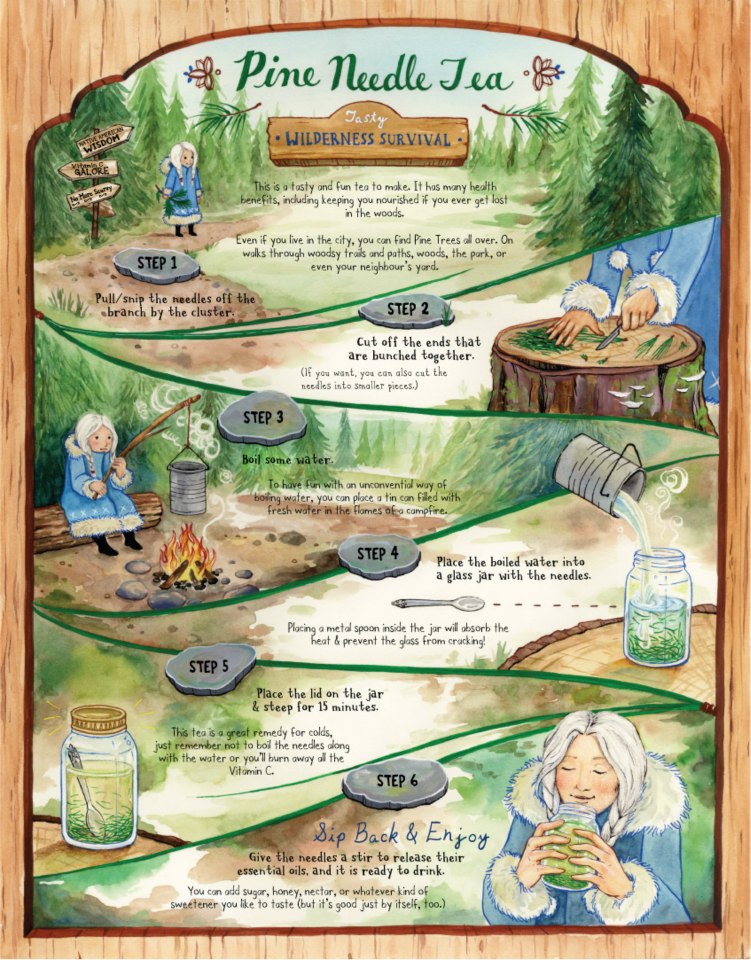
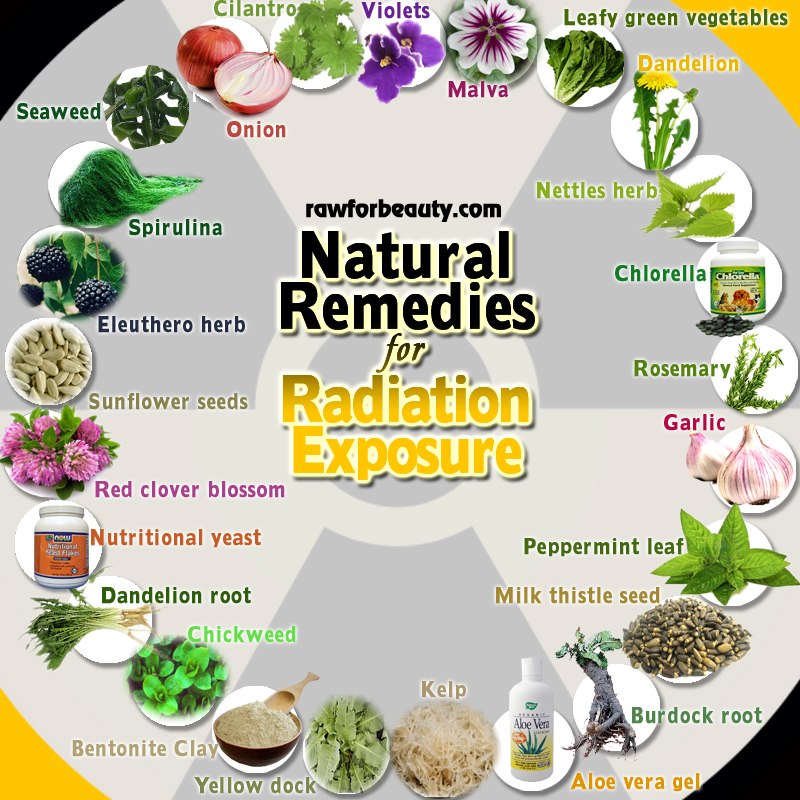
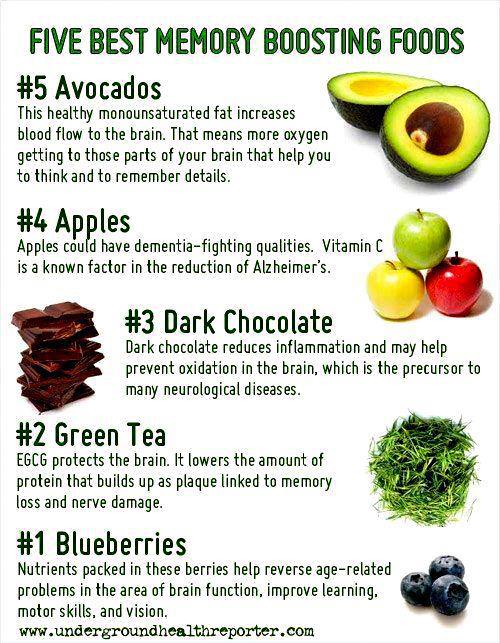

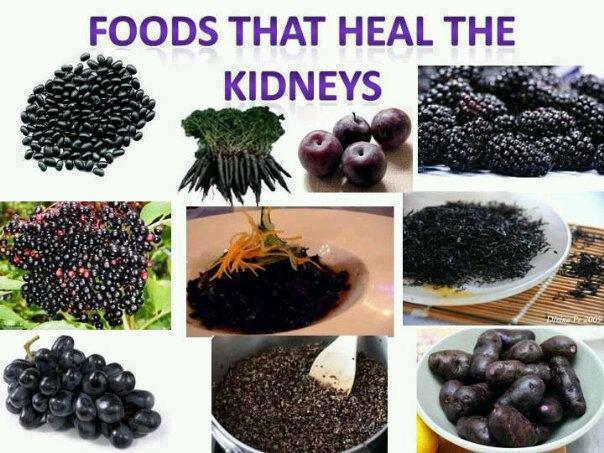



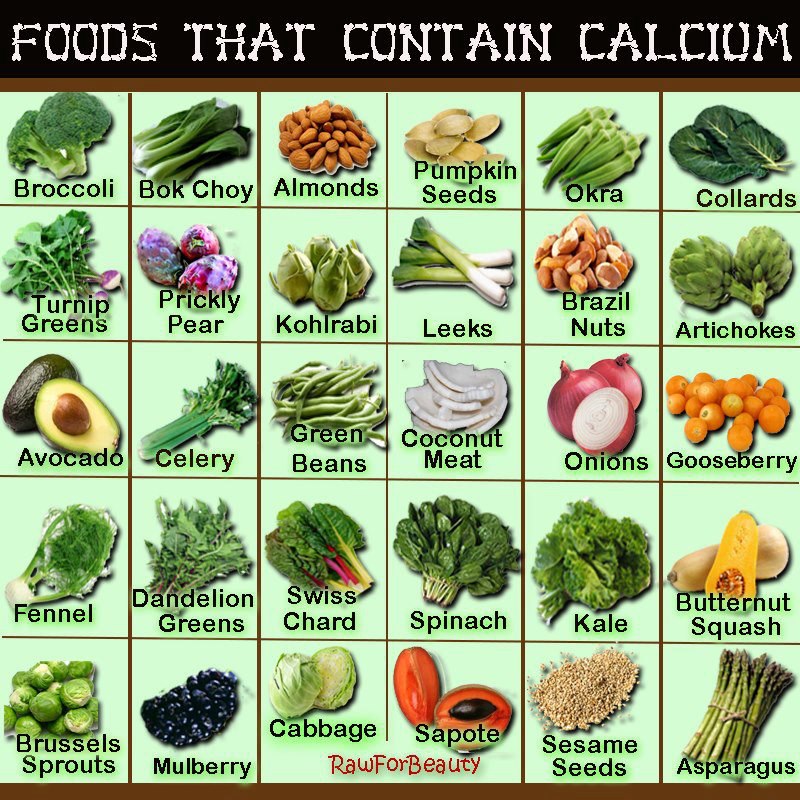
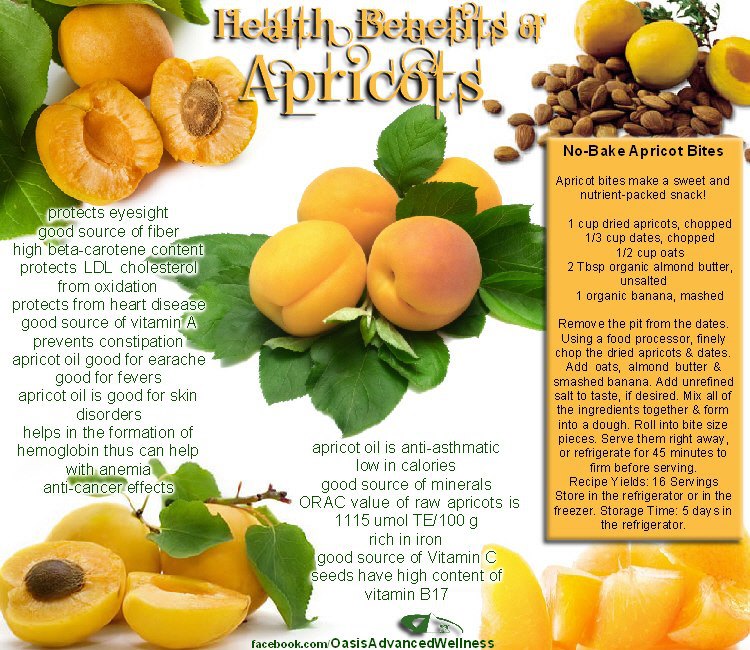
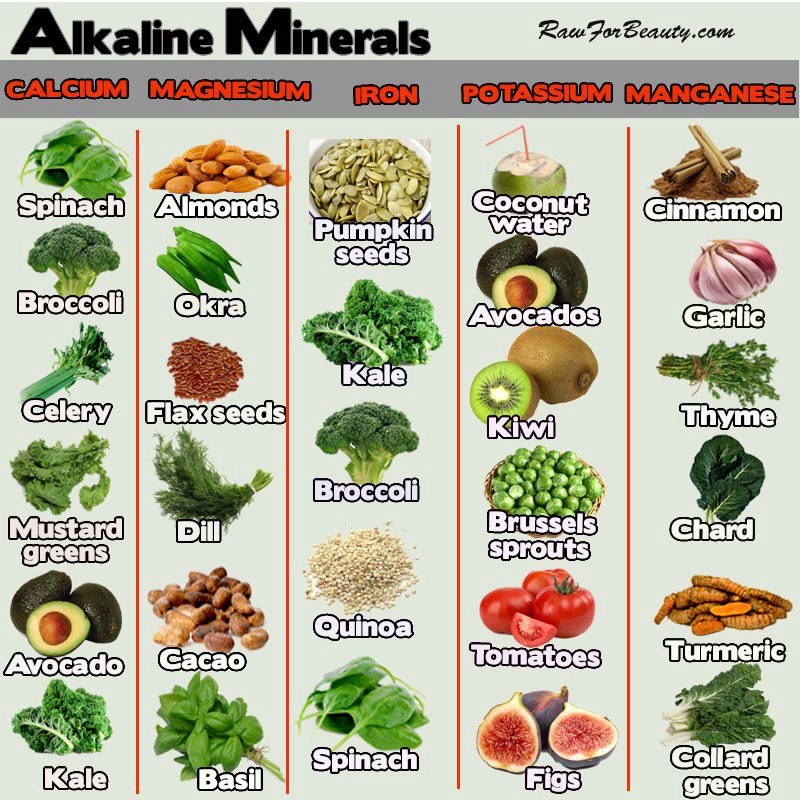
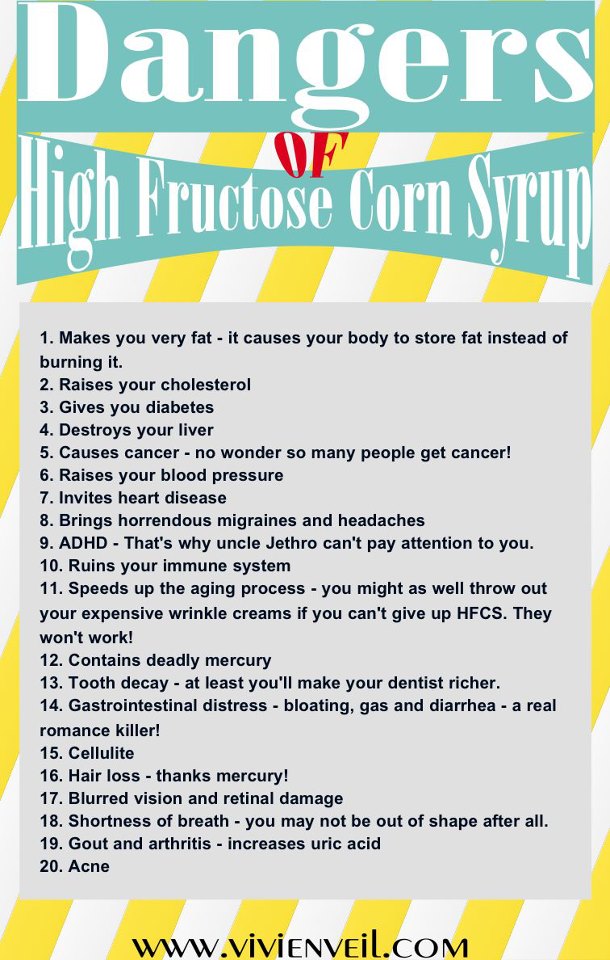
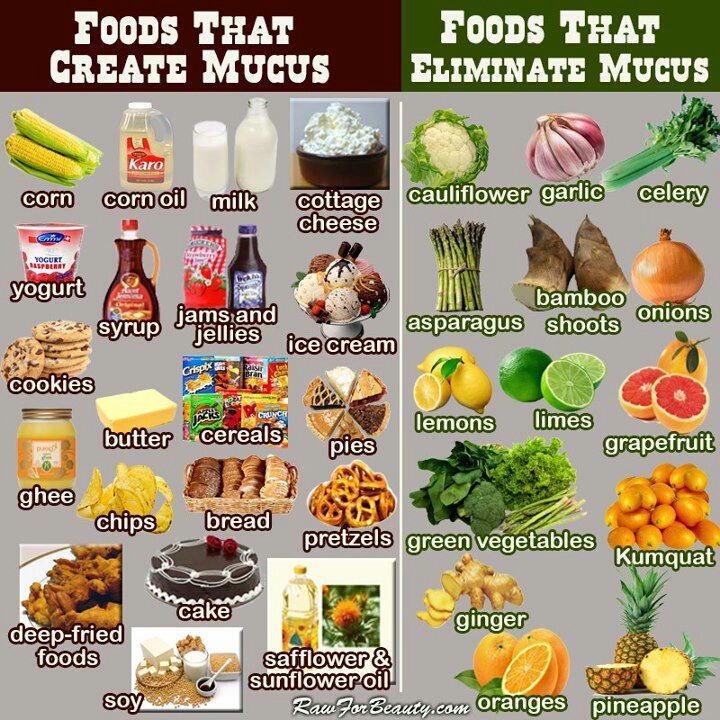




 And "if you eat it with cheese, it isn't even very spicy"?? The suggestion was to partake of it regularly in this way, like a condiment.
And "if you eat it with cheese, it isn't even very spicy"?? The suggestion was to partake of it regularly in this way, like a condiment. 



 My eyes were a bit teary. (I had an emergency banana sitting ready. But, left it uneaten.)
My eyes were a bit teary. (I had an emergency banana sitting ready. But, left it uneaten.)
